M*A*S*H, the American war comedy-drama television series that we know and love, is full of real-life stories and experiences. While it aired from 1972 to 1983 during the era of the Vietnam War, its rich history is actually pulled from the Mobile Army Surgical Hospitals (MASH) which were used in the Korean War to the Gulf War. As part of the EAA Aviation Museum Speaker Series on August 21, EAA Museum Manager Chris Henry will be presenting these real-life stories showcasing the impact M*A*S*H had on pop culture but mainly its lighthearted yet poignant way of representing the drama of the Korean War.
Chris has spent a lot of his time interviewing surgeons, nurses, and a helicopter pilot along with a few of the show’s actors and actresses trying to piece together the history behind the well-known program.
“It is a TV show America should be proud that we had, it was the first TV show that was both funny and sad in the same realm,” Chris said. “It dealt with real issues and veterans really identify with that show. It’s interesting because you’re able to get a lot of people who maybe otherwise wouldn’t come to your talk, but they liked M*A*S*H so, they’ll come to this lecture, but now they’re going to hear a whole bunch of true stuff about the real-life MASH units and the truth that sometimes was actually depicted on screen.”
The characters, medical units, location, and more from the television show developed by Larry Gelbart all stemmed from the book MASH: A Novel About Three Army Doctors written in 1968 by Richard Hooker, aka former military surgeon H. Richard Hornberger. It was written as his outlet for dealing with the trauma he experienced during the war that he never fully recovered from.
While Hawkeye Pierce and MASH 4077 were fictional, the unit MASH 8055 was very real. Located on the 38th parallel, it divided the Korean Peninsula and today serves as the demilitarized zone between North and South Korea. It was also where Richard was stationed during the war, who was the inspiration for Hawkeye. He, along with the other three main characters, were all based on real people.
The United States began drafting soldiers and doctors, which included medical students and interns like Hornberger who was drafted in 1951. The concept was simple: put the hospitals close enough to the front lines to serve wounded soldiers, but far enough away from direct combat. Doctors in MASH units were only supposed to do certain procedures but due to the necessity of survival many rules and regulations went out the window. Because of these drafted men and volunteer nurses, the usual survival rate of 50 percent from WWII jumped to 97 percent. By the end of the war, they had advanced the current medical knowledge at the time.
A key point Chris will touch on is the importance of the Bell 47/ H-13 Sioux helicopter during the war. The terrain Korean veterans were fighting on wasn’t built typical medical vehicles, with a lack of roads making transportation very difficult. Enter the Bell H-13, which became the main way to transport medical supplies and wounded soldiers.
“Ambulances were still used like a ground ambulance, but it was discovered that the primary role for the Helicopter Depot should be this air ambulance,” Chris explained. “It was a shared responsibility from different branches of the military. The Army and Air Force really worked pretty close together, and the primary aircraft used was the Bell 47.”
Overall, M*A*S*H helped the nation come to grips with the harsh and occasionally hilarious realities of war and Chris feels the show did a great job representing this, and through his research he’s learned so much he never knew about the show’s real history.
“I think the real testament to it is time and time again, I’ve heard from veterans or families of veterans who said, my loved one or my husband never talked about what he did in the service, but we would watch M*A*S*H and he would say, it was like this, or I experienced a day like that,” Chris said.
“At the end of the day, all of it goes to honor the original people, the actual folks that were [in] MASH units that gave us that 97 percent survival rate during the wars. Anything we can do to remember that is why I brought pop culture into it is because that is how so many people know MASH. But if you removed the TV show or the book or the movie from American pop culture, how many people would know about these little hospital units that were traveling around in Korea and the brave men and women who did what they did? I don’t think we would.”
The event takes place August 21, 2025, at 7 p.m. Thursday’s presentation is free for EAA members and youths, and just $5 for nonmembers. If you’re unable to attend, all Speaker Series presentations are recorded and will be available to members to watch here at a later date.




